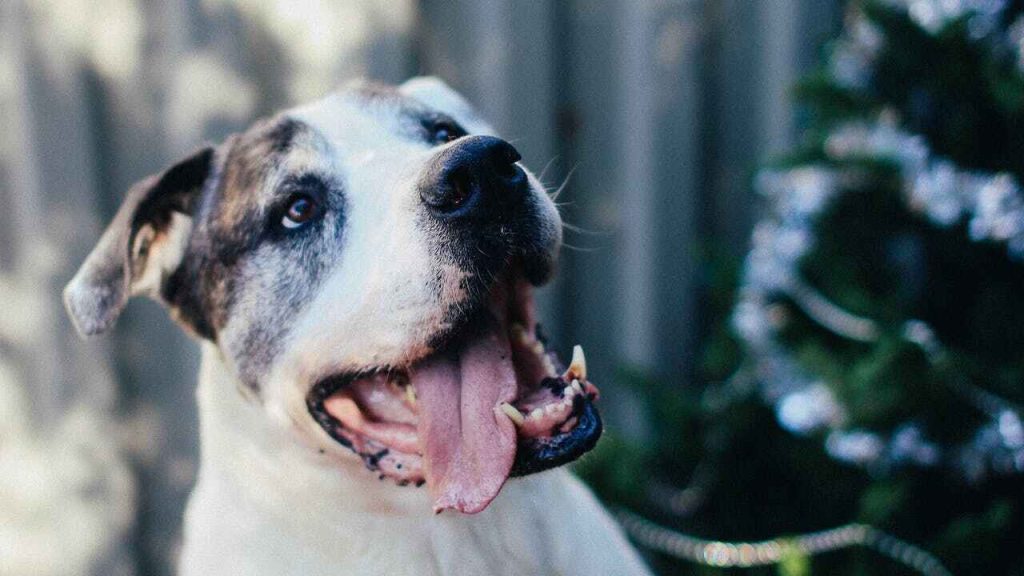Often unfairly judged because of the stereotypes, pitbulls are very loyal and loving when brought up right. This article is intended to provide insight into the indicators that suggest a Pitbull being threatened or behaving aggressively. Awareness of these signs is necessary for responsible care and to develop a healthy relationship.
Body Language Signs
Like other dogs, pitbulls communicate mostly through body language. This section discusses some of the physical manifestations that may indicate aggression, such as aggressive postures, raised hackles, stiff tail and intense staring. Identifying these cues enables owners to handle interactions appropriately.
Vocalization Cues
This section focuses on the auditory cues that Pitbulls may show when they feel threatened. By understanding these sounds from growling and snarling to excessive barking, an owner is better able to interpret a pet’s emotions.
Tail Movements
The Pitbull tail language is complex. In this case, we should distinguish a wagging tail that is usually an indicator of happiness from a stiff one, which can be considered as a sign of potential aggression. Interpreting these motions allows owners to understand their pet’s mood.
Ear Position
The other important factor of dog’s communication is ear position. This part helps readers to understand the hidden meaning behind forward-facing ears, denoting attentiveness and backward-leaning ears, which may represent discomfort or aggression.
Body Language towards Humans
Direct gaze and specific poses can serve as signs of possible aggression. When owners are able to interpret these signs, they can modify their behavior and preserve a balanced relationship between Pitbulls and human beings.
Environmental Triggers
In some cases, Pitbulls may exhibit protective or territorial aggression. Such identification and control of such triggers also help create a safer living space for the pet as well as its owners.
History and Background of Pitbulls
The goal of this section is to debunk myths by providing a historical background for Pitbulls. The article underlines the idea of responsible ownership to disprove unfair negative stereotypes connected with the breed.
Signs of Fear or Anxiety
It is important for owners to notice signs of fear or shyness indicated by trembling or cowering. By dealing with these emotions, a ‘normal’ and emotionally stable Pitbull is created.
Socialization and Training
Two main components that affect positively the behavior of a Pitbull include early socialization and positive reinforcement training. Practical recommendations are given to enable the owners to participate in their pet’s growth.
Recognizing Playful Behavior
This section enables readers to distinguish between playful behavior and aggression. Knowing that Pitbulls are joyful and lively, it eliminates misconceptions and brings a positive mood.
Responsible Ownership Tips
A practical guide to responsible ownership is offered, with recommendations on proper containment measures and regular veterinary check-ups. This section defines the process of keeping a happy and healthy Pitbull.
Legal Implications
There are legal considerations that come with owning a Pitbull. In order to make sure that they are informed and abide by local laws, breed-specific legislation and responsible ownership laws are examined.
Myth-Busting
Debunking misconceptions about pit bulls helps dispel negative stereotypes. Debunking myths, readers are invited to accept Pitbull ownership with a free attitude and a clearer view.
Conclusion
In closing this chapter on identifying the indicators of potential aggression in Pitbulls, the need for responsible ownership comes up again. Cultivating a positive relationship requires knowledge of body language, addressing environmental triggers and proper training.
Creating trust and communication with your Pitbull is a challenging process. Responsible ownership is more than just a legal issue because it is also about your responsibility towards the welfare of your companion. With the help of the insights outlined in this article, you will be able to establish a secure and loving home that is suitable for both you and your Pitbull.
FAQs
Are Pitbulls naturally aggressive?
No, aggression is usually a product of inadequate training or ill-treatment. Well-cared Pitbulls can be affectionate companion animals.
Are Pitbulls trainable to be friendly?
Certainly, positive reinforcement training and early socialization are the main things that make Pitbulls friendly.
Are all Pitbulls aggressive?
No, individual temperament varies. Behavior is largely influenced by responsible ownership and proper training.
What should I do to deal with aggression in my Pitbull?
Consult a behaviorist or expert dog trainer for guidance. Patience and positive reinforcement are vital.
Are Pitbulls family-friendly?
Yes, when trained and well supervised Pitbulls make great family pets.

